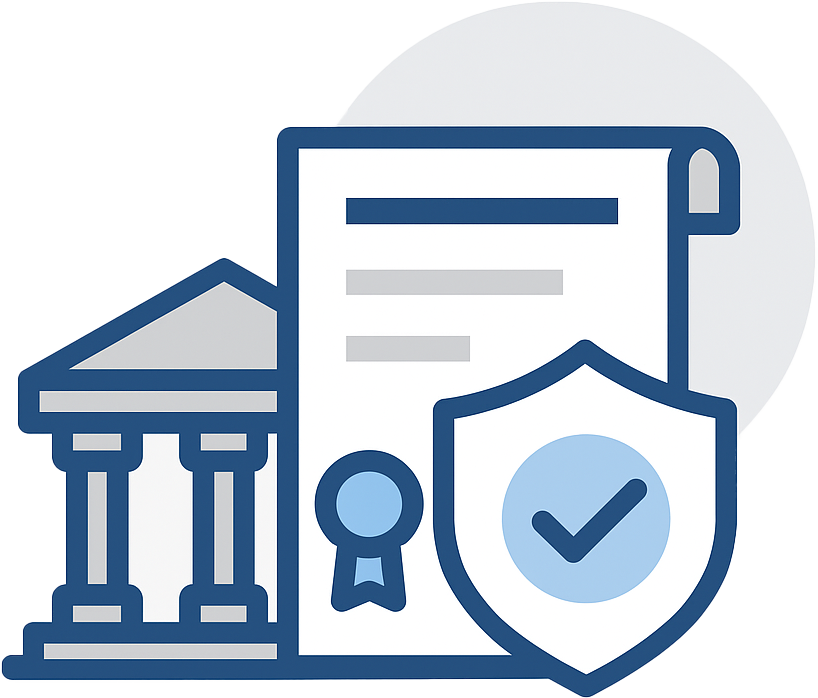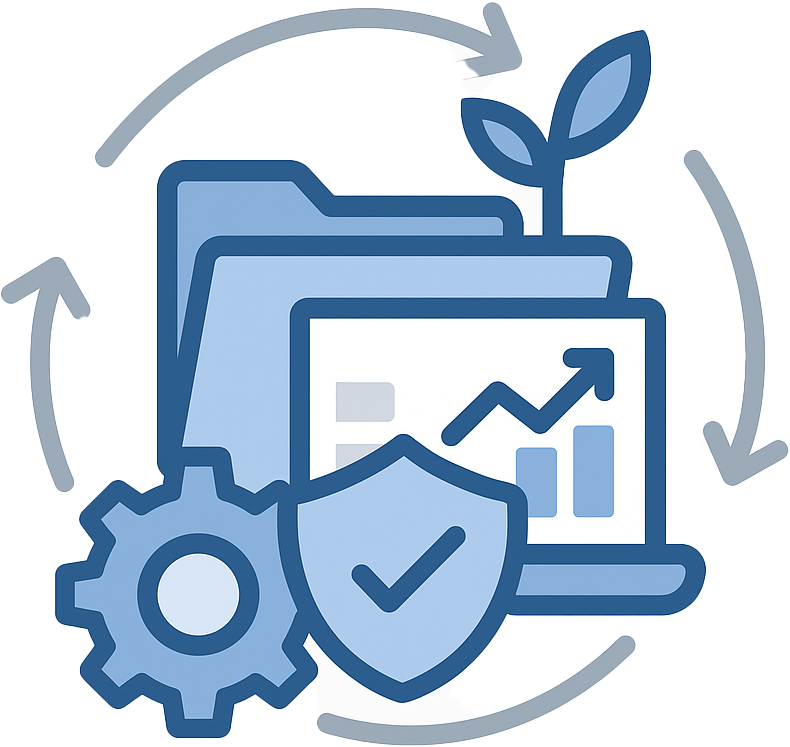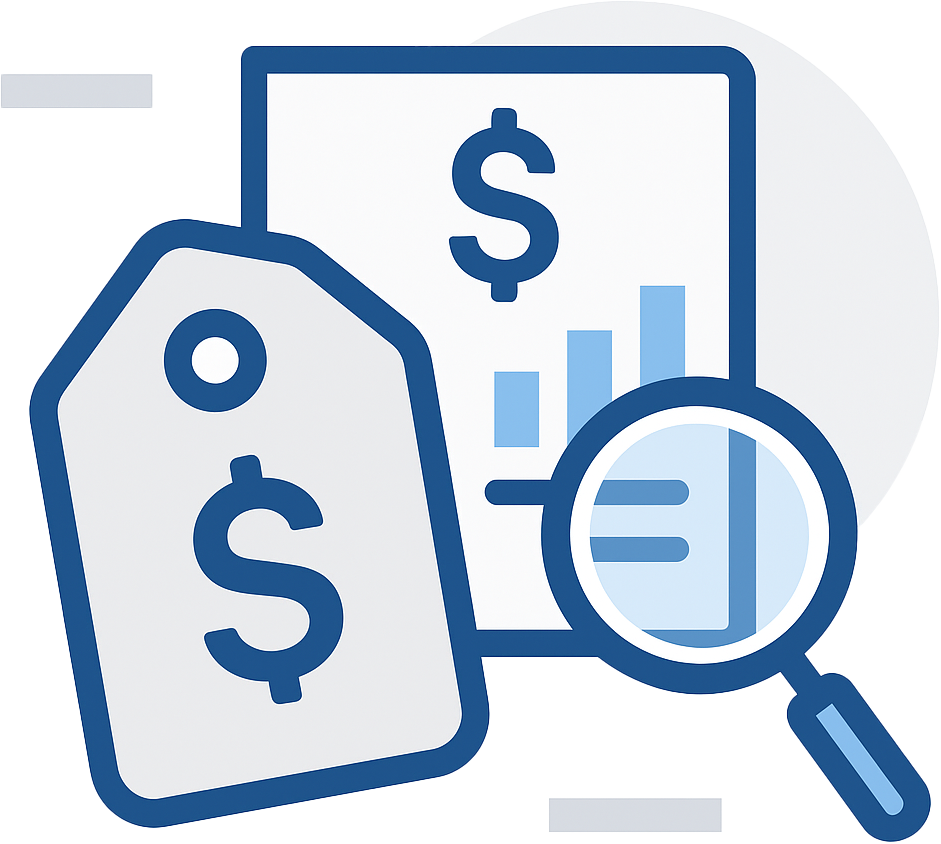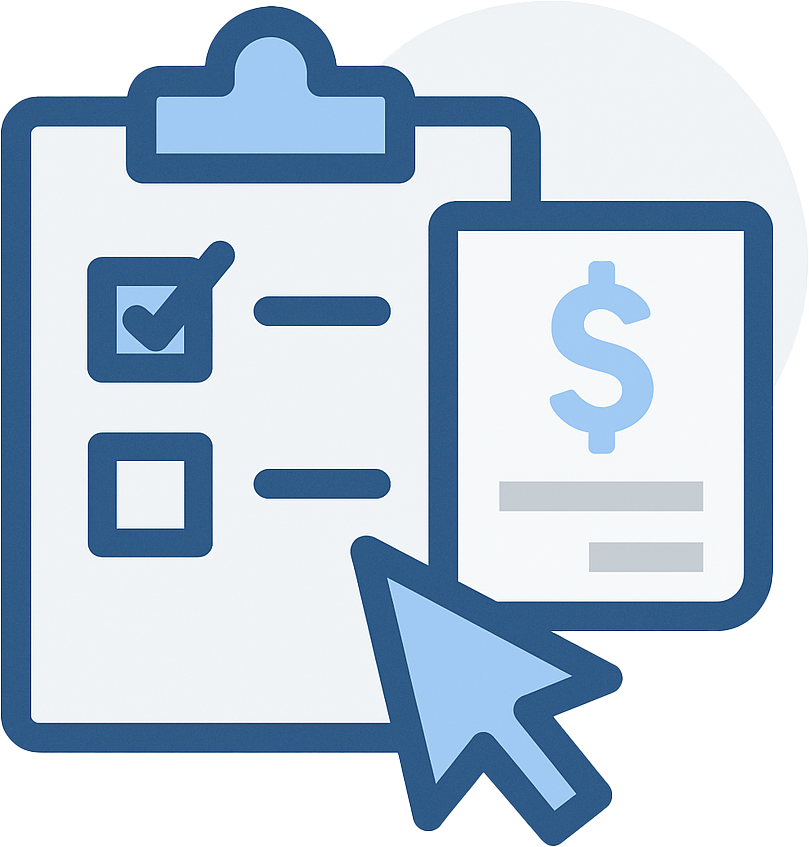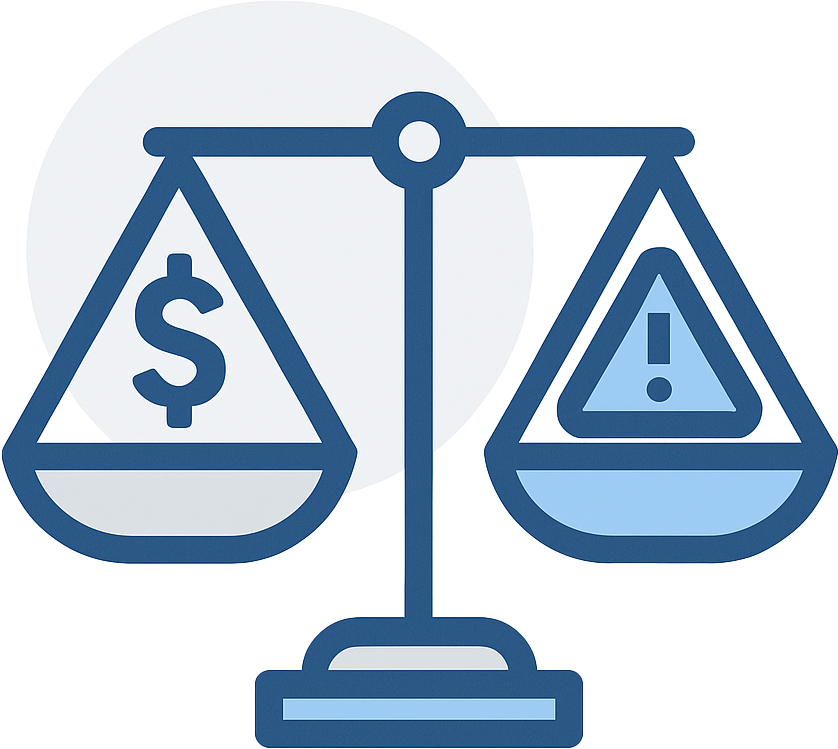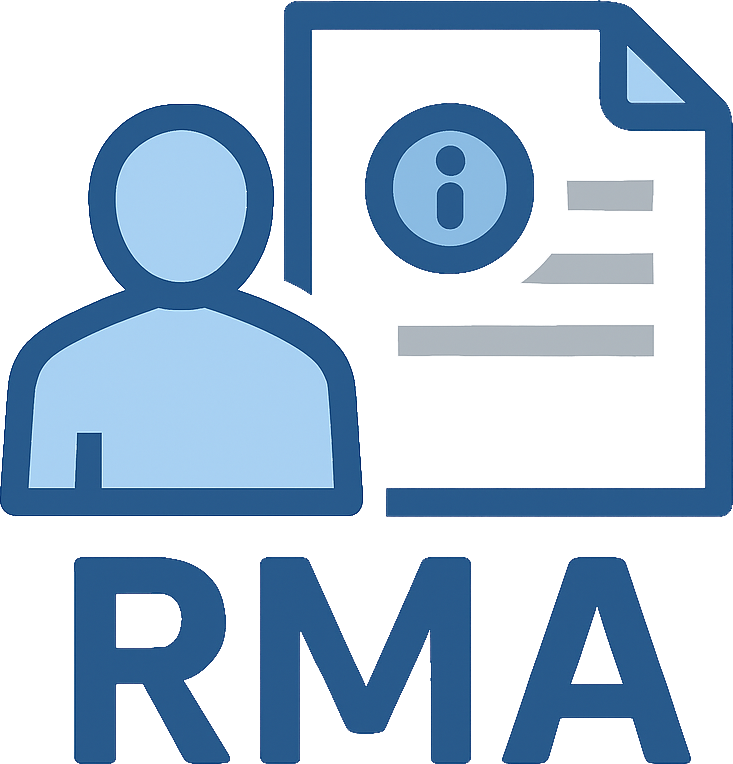What Waste Labels Do I Need? A Practical Guide to the BEST Waste Labels for Your Facility
Let’s be honest... nobody wakes up excited to talk about waste labeling. But if your facility generates hazardous waste or another type of regulated waste (and almost every facility does!), this isn’t just an admin box to check. It’s a regulatory must, a safety measure, and one of the easiest ways to show that your facility is on top of its compliance game.
And yet... it’s one of the most common violations we see at RMA. We’ve walked through thousands of facilities - from manufacturing plants to hospitals - and we see the same thing over and over again: labels that are wrong, missing, out of date, or slapped on as an afterthought.
So if you're reading this because you're unsure what waste labels you need, when to use them, or what actually has to be on them, or where to even get them, you’re in the right place. And if you still have questions when you're done, just reach out to us, we'd be happy to steer you in the right direction!
Table of Contents
The 5 Waste Labels You Should Know
Let’s break down the five most common types of waste labels you might need at your facility, and when and how to use each one correctly.
1. Hazardous Waste Labels
This is the one label that every regulated facility must get right. It’s required by federal law under RCRA (the Resource Conservation & Recovery Act), and it’s the first thing inspectors zero in on during a walkthrough. And yet, it’s also one of the most common mistakes we see - either the label is missing, applied too late, or doesn’t include everything it should. If hazardous waste goes into a container, that container needs to be labeled immediately, not later, not when it's full, and definitely not when the inspector shows up.

So, what does a proper hazardous waste label include? At minimum:
- The words “Hazardous Waste”
- A clear description of the contents (not just “waste”)
- The accumulation start date - when waste was first added
- Your company name and site address
- The appropriate EPA waste codes (e.g., D001 for ignitability)
The accumulation date is what starts the regulatory clock for how long you can legally store that container (typically 90 or 180 days, depending on your generator status). If it’s not there, or if it’s wrong, it’s a violation. And keep in mind, the label needs to be visible and legible at all times. A sticky note or marker on the backside of the drum won’t cut it. Make sure the label is permanently affixed, written clearly, and checked regularly as part of your hazardous waste area inspections.
These are the hazardous labels and signs we recommend:
2. Used Oil Labels
Used oil labeling seems simple, but it trips people up more than you’d expect. We often see containers labeled as “Waste Oil” when they’re actually eligible for recycling. That one misstep - just using the wrong term - can cause regulators to reclassify the material as hazardous waste, which brings a whole new set of rules and risks.

Here’s the right approach:
- Use the exact wording: “Used Oil”
- Label the container as soon as used oil is added
Avoid calling it “waste oil” unless it’s been contaminated and can’t be recycled. Used oil has its own streamlined management standards under EPA regulations, and clear labeling ensures your material stays under those simpler rules. Keep labels visible, clean, and weather-resistant, especially if you're storing oil outside or in active workspaces.
Get used oil labels here:
3. Universal Waste Labels
Universal waste includes things most facilities generate regularly: batteries, mercury thermostats, fluorescent bulbs (called "lamps" in regulatory-speak), and certain pesticides. While these are technically hazardous wastes, they’re managed under simplified rules... but only if you follow the labeling and handling requirements. That means no tossing dead batteries in the dumpster out back, and definitely no broken fluorescent bulbs in regular trash.

Labeling for universal waste is simple, but timing is everything:
- Label the container when the item becomes waste (e.g., bulb burns out, battery is spent)
- Include the words “Universal Waste – [Type]” and the accumulation start date
This label shows you’re managing these items under the Universal Waste Rule, which gives you more flexibility and less regulatory headache. But don't just assume that a broken bulb is no big deal - if universal waste is mishandled or visibly damaged, it may be reclassified as fully regulated hazardous waste. Proper labeling helps prevent that and keeps your storage areas in good standing.
Here's a link for great universal waste labels:
4. Non-Hazardous Waste Labels
Just because waste isn’t hazardous doesn’t mean it shouldn’t be labeled. In fact, labeling your non-hazardous waste can help prevent mix-ups, support internal organization, and show inspectors that you’re taking your waste management seriously. It’s not always a legal requirement, but it’s a best practice, especially if you’re storing the material for any length of time before disposal.

We recommend including:
- The words “Non-Hazardous Waste”
- A brief description of what’s inside (e.g., “Plastic Scrap from Production”)
You can also add an accumulation date and disposal method if you want to keep records clean, but that’s optional. Clear labeling keeps everyone (including third-party haulers or temporary staff) on the same page. It also prevents those awkward moments during inspections when someone points to an unmarked container and says, “So… what’s that?”
Grab your non-hazardous waste labels here:
5. Pending Waste Characterization Labels
Sometimes you generate a new waste and you’re not quite sure what it is yet - hazardous, non-hazardous, universal, or something else. That’s normal. But if you’re storing it in a container while you wait on lab results or dig through SDSs, that container still needs to be labeled. Regulators expect to see that you’re aware of the situation and taking appropriate steps to figure it out.

Use a temporary label like:
- “Pending Waste Characterization”
- Include a description of suspected contents, the generation date, and who’s responsible for testing
This shows you’re actively managing the material and not just letting mystery waste accumulate in the corner. It also protects your team from unknowingly mishandling something that could turn out to be hazardous. Treat these containers with caution and store them as if they’re hazardous until you know otherwise.
Find our pick for pending waste characterization labels here:
Why Waste Labels Matter (More Than You Think)
Waste labeling might seem like small stuff, but it's actually a big deal. Here’s why:
- It’s the law. The Resource Conservation and Recovery Act (RCRA) and related state rules legally require proper labeling for hazardous, universal, and used oil containers. If you generate regulated waste, labeling is not optional, it’s a fundamental part of the compliance framework.
- It protects your team. A clearly labeled container reduces the risk of someone accidentally opening, moving, or mixing incompatible waste streams. That lowers the chance of spills, fires, chemical exposures, and serious injury.
- It proves you’re compliant. During inspections, labels are one of the first things regulators look for. They’re visible, obvious, and often the easiest way to identify violations. One missing or inaccurate label can turn into a citation, a fine, or even a broader investigation.
- It creates fewer regulatory headaches. Ironically, better labeling can mean less regulation. For example, if you correctly label something as non-hazardous or used oil (instead of “waste oil”), you may qualify for simpler rules and fewer storage requirements. Vague or incorrect labeling often leads to overregulation by default, because inspectors have no choice but to assume the worst.
- It supports better internal processes. Waste storage areas are often shared or touched by multiple team members. Labels make it easy for anyone (including new hires or contractors) to immediately understand what’s in a container, how to handle it, and when it needs to be dealt with.
- It reduces disposal costs. When haulers or TSDFs (Treatment, Storage, and Disposal Facilities) receive improperly labeled materials, they may reclassify the waste under stricter codes - which often means higher prices. Clear, correct labeling helps ensure you’re not overpaying to dispose of something that isn’t as regulated as it appears.
- It protects you during audits or emergencies. If something goes wrong - a fire, a spill, a surprise inspection - your labels serve as proof that you had procedures in place. That’s huge when regulators (or lawyers) are reviewing your records after the fact.
- It’s easy to get right. This is one of the few parts of waste compliance that doesn’t require a permit, a consultant, or a specialized software platform. A good label, applied at the right time, can save you thousands in avoided fines and wasted time.

Need More Help with Waste?
If you’re unsure about your labeling, struggling to figure out if your waste is hazardous, or just feel like your facility’s waste program could use a tune-up... you’re not alone. Waste regulations can be dense, confusing, and wildly inconsistent across states and industries. But that’s exactly where we come in.
At RMA, we help companies of all sizes cut through the noise and build solid, practical systems for waste compliance. Whether you need to register as a hazardous waste generator, complete a formal waste characterization, train your staff, or just want a second set of eyes on your storage area before your next inspection, we’ve got your back.
We work with manufacturers, industrial facilities, schools, contractors, hospitals, labs, and just about every other kind of operation that generates waste. Our team knows the regulations, understands your business, and helps you stay ahead of costly mistakes.
If you want to feel confident about how your waste is managed, reach out. We’ll meet you where you are, figure out what’s missing, and help you fix it fast... without the confusion or compliance jargon.
📞 Reach out here to get started with our waste experts. We’re here to help.

